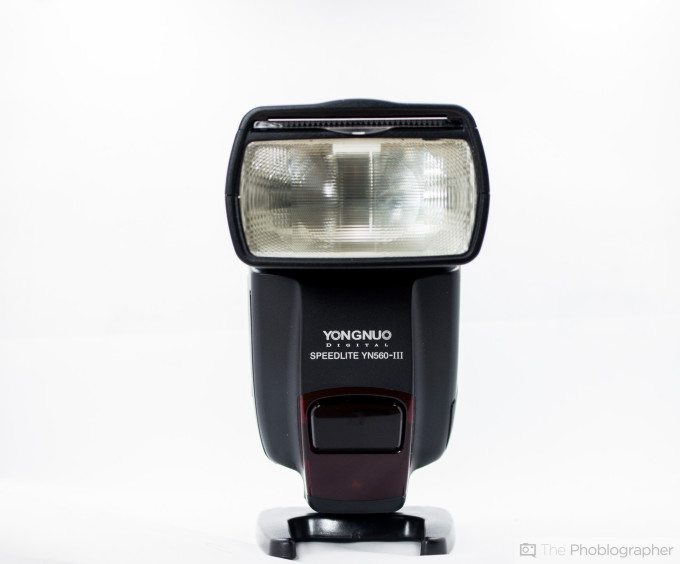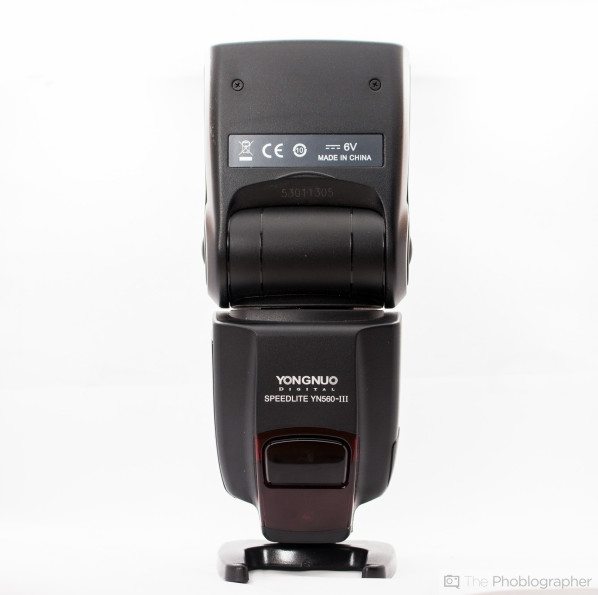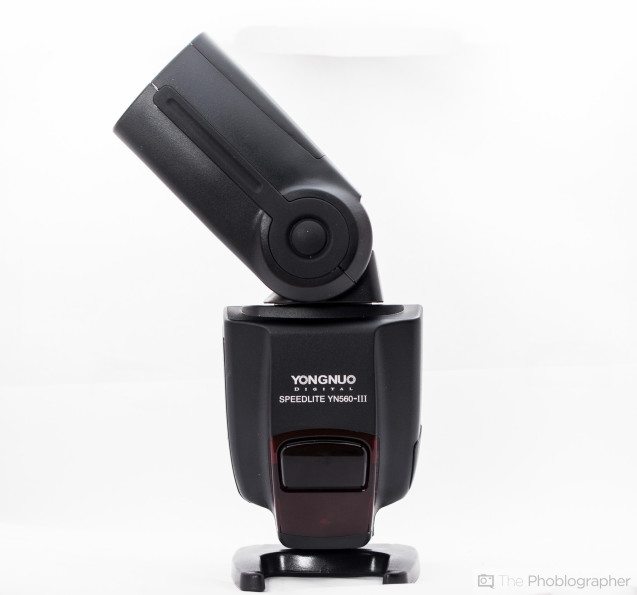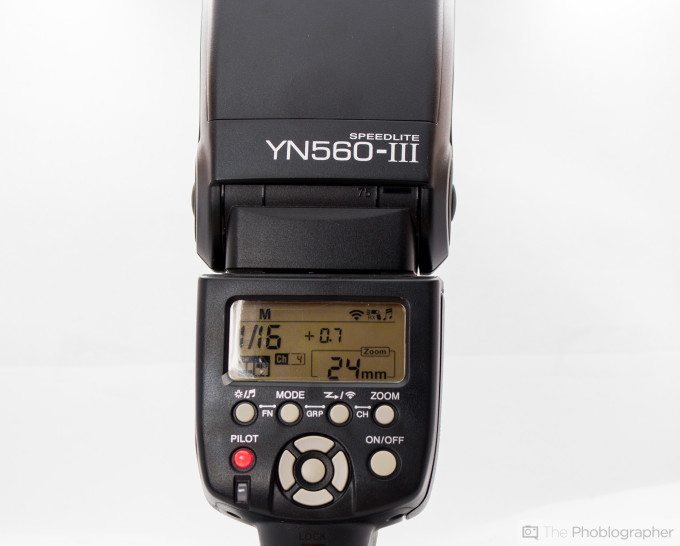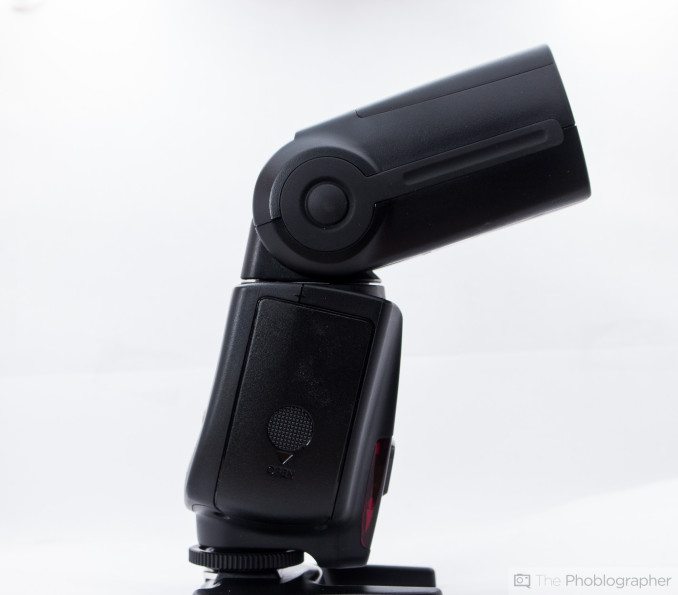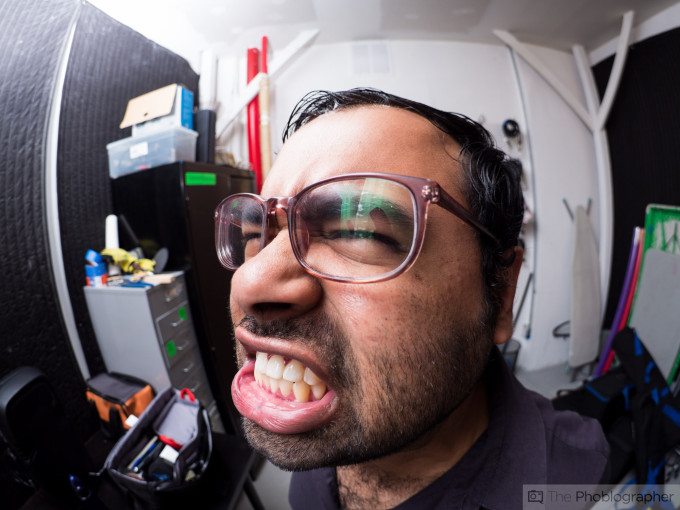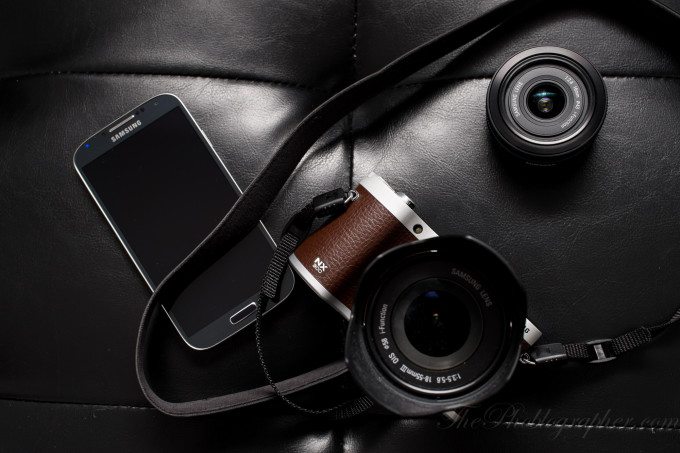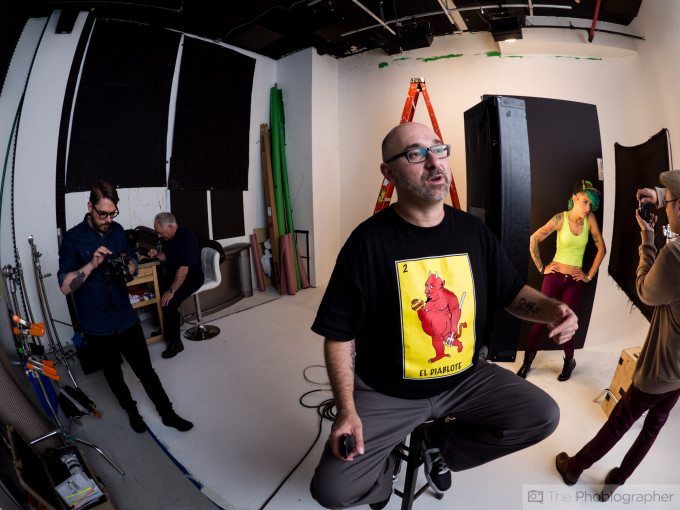Last Updated on 05/25/2023 by StateofDigitalPublishing
Yongnuo is a Chinese company that has mistakenly been stated as to be creating knock offs–which is a massive misinterpretation. They mostly specialize in radio transmitters and flashes. We previously reviewed the Yongnuo 560 II, and upon hearing the reports of the company putting radio transmission integrated into their flashes, I had to try one of the brand new 560 III flashes. The version that I purchased was specifically for the Micro Four Thirds system: and in this case the Olympus OMD EM5.
However, I ended up using it a whole lot more with the Panasonic GH3 due to a review period with the camera and lenses loaned to me by the company.
And if you’re invested in any mirrorless camera system (not just Micro Four Thirds) this super affordable flash and the RF-602 trigger is well worth it.
Pros and Cons

Pros
- Super affordable
- Lots of light output
- Radio transmission built in
-
Excellent build quality
-
Digital display
-
Audio feedback for recycling
Cons
-
The head moves around a bit too much and I wish that it could lock into place much more securely
-
The menus are a tad confusing and the manual isn’t clearly written
Gear Used
We tested the Yongnuo 560 III with the Olympus OMD EM5, Panasonic GH3, Panasonic 12-35mm f2.8 OS, Fujifilm X Pro 1, Fujifilm 35mm f1.4 X, and the Westcott Rapid Box.
Tech Specs
Specs taken from the product page
- Guide number of 58 (at 105mm)
- Power control down to 1/128
- 3 second recycle time at full power
- 16-channel radio receiver, compatible with RF-602, RF-603
- Hotshoe, PC port and dual-mode optical slave (alternative options to radio triggering)
- Fresnel head zooms from 24mm to 105mm focal lengths, plus flip-down diffuser panel
- Stroboscopic “Multi” flash mode for creative effects
- External high voltage battery input socket, to speed up recycle times and increase endurance
- User-configurable ready beep
- 2.4 GHz radio
Ergonomics
The front of the Yongnuo 560 III is very standard and doesn’t look any majorly different than other flashes. With that said, the branding and infrared sensor are really what comprise of most of the front–and that is noteworthy.
The head rotates is nearly any direction that you can think of. After playing the the Sony Cobra head flashes, I really wish that Yongnuo had made this one Cobra style since there is radio built in, but it doesn’t really need to be.
The back of the flash is where you’ll find your control panel. And unless you read it carefully, you might think that it is a giant mess. From here you can control the audio sound/LED light display, custom functions, mode, group, slave and master type, channel (which is displayed in the lower left corner) and the flash head zoom. Plus there is an on/off switch and directional buttons.
On one side, you’ve got the compartment for your batteries. The Yongnuo 560 III uses AA batteries–and we found that Eneloops usually work best.
On the other side are ports. Here, you can connect a PC Sync cord or a powerpack.
In Comparison to the 560 II
The older 560 II is on the right while its younger brother the 560 III is on the left. As you can see, there has been a minor interface change. This time around, if you press two buttons at once, you’ll unlock the parameters for another setting.
Oh right, and there’s radio transmission built into the 560 III.
Build Quality
The Yongnuo 560 III is damn well built. When I put it in the hands of some veteran photographers who snub their nose to anything Chinese made, they were quite impressed. It feels every bit as or even more solid than a Canon 560 EX II. It’s built this way perhaps because they realized that this strobe will often be used out of the hot shoe–which then means that it will be mounted in softboxes and beauty dishes.
Nothing about this flash feels cheaply constructed and given the low price point, you’re basically getting a steal.
Ease of Use
When it comes to operating the zooming and the power output of the flash, you’ll have that very straight forward. But if you want to enable the radio or slave functionality, you’ll need to learn a bit more. It is also capable of doing stroboscopic effects, serving as a master, and more if you’re into that.
In Use
Don’t worry! I wasn’t that angry in this photo. Nor am I angry at this product. In all honesty, Yongnuo really deserves nothing but praise for this flash.
Earlier reports that I’ve read said that when used with eh Yongnuo RF-602 with the according pins, the flash will do TTL transmission. If that is true, I couldn’t figure it out, and the manual doesn’t even have an index to look something like that up. Despite the company also saying that this model and the trigger are for Micro Four Thirds cameras, I was able to use it with the Fujifilm X Pro 1 in basically the same way that I could with the OMD and the GH3.
At the Mermaid Day Parade
Every year, NYC has its annual Mermaid Day Parade in Coney Island. I usually go out to shoot and have done so for the past five years–although it has become admittedly more tame than in previous years.
To shoot the event, I did the crazy thing of bringing a Panasonic GH3, 12-35mm f2.8, and the Yongnuo 560 III being diffused by the Westcott Rapid Box.
The problem wasn’t really with the Yongnuo flash, but more with the Rapid Box being not so rapid to deploy.
When working with the GH3, I needed to shoot at 1/160th–the camera’s max shutter speed to kill as much ambient lighting as I could at ISO 200 (also the camera’s minimum ISO setting.) Depending on the subject distance, what creative idea I had and other parameters I basically just manipulated the Aperture and the flash output. The weaker the flash output, the faster the flash duration was and therefore the extra details that I could pull out of the highlights being blown out by the already quite intense sun.
Believe me when I say I didn’t have a single problem with the flash. The transmission was totally receptive and reliable, the output was consistent, and the flash didn’t totally eat my batteries.
The 560 III doesn’t have an HSS ability, but in a day like that, it would have been really cool to use. Either way, if you’re a strobist with knowledge of lighting and plan to bring a flash to events, then the Yongnuo 560 III is an excellent choice as I saw during the Mermaid Day Parade.
In fact, we’d go as far as saying once again that this flash was designed with the strobist in mind. You’d be stupid to not spring for one.
In Daily Use
While many photographers will use their own personal gear that they know and trust for important work, one of the things that I am never afraid of doing is using the gear I’m reviewing for other work. In a case like this, the photo above that was shot for the Samsung NX300 camera review was done with the Fujifilm X Pro 1 and the Yongnuo 560 III.
And you’d never be able to tell the difference, right?
Extra Image Samples
<
p style=”text-align: center;”>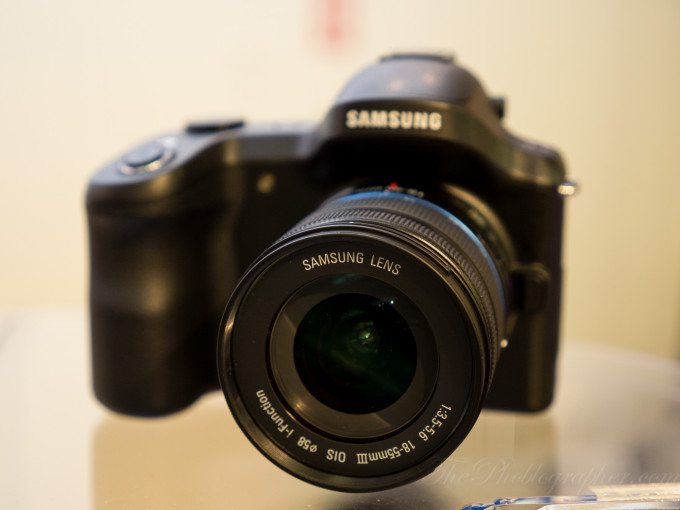
Conclusions
The Yongnuo 560 III should dispel a lot of myths. Not only is it affordable and well built, but it also is a killer deal overall. For significantly less than what all the big players offer, you’re getting a flash with radio transmission built in.
Complaining about TTL? Consider this reality: if you’re shooting in a situation where you’ll need TTL (like a wedding or event) you’re probably not changing your aperture often. And if you are, then you know that you can move the power accordingly to how you set your aperture. Have you stopped down a a full stop? Then conversely you should increase the flash output a full stop. It’s really just that simple and there is no rocket science involved in any of it.
If you’re the type of person to shoot in Auto or Program, then you should probably stick with Yongnuo’s TTL flashes which are designated by the EX statement in the model number.
But if you’re of the belief that no camera or flash in the world can tell you what you want and that only you can do so (like I am, and many strobists are) then this is the one to go for–and there is no looking back.
You can score your very own Yongnuo 560 III off of Amazon or eBay.
Please Support The Phoblographer
We love to bring you guys the latest and greatest news and gear related stuff. However, we can’t keep doing that unless we have your continued support. If you would like to purchase any of the items mentioned, please do so by clicking our links first and then purchasing the items as we then get a small portion of the sale to help run the website.


